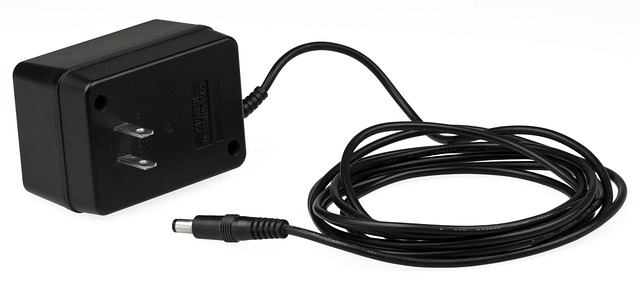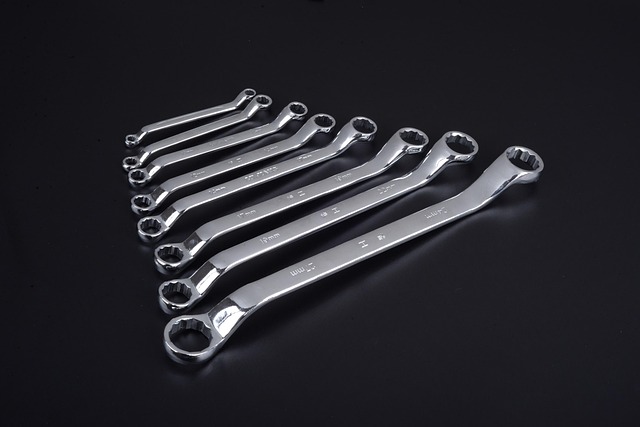Skin defenses prevent and combat warts. Painless removal preserves these mechanisms. Post-removal care includes keeping areas clean, avoiding irritants, and maintaining good skin health. Prevent recurrences with topical treatments, hygiene, immunity boost, and expert advice for advanced treatments like cryotherapy or laser in specialized clinics. Regular check-ups are crucial for early detection and successful treatment using painless methods.
Want to prevent warts from returning after removal? It’s crucial to understand your skin’s defense mechanisms and employ effective, painless wart removal methods. This article delves into a multi-faceted approach, covering proper removal techniques, post-removal care, targeted topical treatments, lifestyle changes for stronger skin, and the importance of regular check-ups for early detection. By implementing these strategies, you can minimize recurrence and keep your skin clear.
- Understand Your Skin's Defense Mechanisms
- Proper Wart Removal Techniques
- Post-Removal Care Rituals
- Targeted Topical Treatments
- Lifestyle Changes for Stronger Skin
- Regular Check-ups: Early Detection is Key
Understand Your Skin's Defense Mechanisms

Our skin has natural defense mechanisms that play a crucial role in preventing and combating warts. Understanding how these defenses work is an essential step in preventing recurrences after removing a wart. The skin’s first line of defense is its surface layer, which acts as a protective barrier against foreign invaders. This outer layer continuously sheds old cells and replaces them with new ones, helping to keep the skin healthy and free from unwanted growths like warts.
Another vital mechanism is the immune system, which recognizes and targets abnormal cells, including those caused by viral infections that lead to warts. A painless wart removal method can help preserve these natural defenses. After removing a wart using effective yet gentle techniques offered at a Blackburn wart clinic or through natural remedies, it’s important to support your skin’s healing process. This includes keeping the treated area clean, avoiding harsh chemicals or irritants, and maintaining overall good skin health to ensure your skin’s defense mechanisms remain strong.
Proper Wart Removal Techniques

When it comes to preventing warts from returning after removal, employing a proper and gentle wart removal technique is crucial. One effective yet painless method involves using over-the-counter medications or seeking professional treatment at a London wart clinic or Coventry wart clinic. These options often utilize salicylic acid, which softens the dead skin and helps shed the wart layer by layer. It’s important to follow the instructions carefully and complete the full course of treatment as recommended.
A natural wart removal for kids can also be considered, focusing on essential oils and home remedies. However, for more persistent or stubborn warts, professional intervention is often necessary. Expert clinics offer advanced treatments tailored to individual cases, ensuring a higher chance of successful removal and preventing future recurrences. Regular hand hygiene and avoiding contact with contaminated surfaces are additional preventive measures that can significantly reduce the risk of wart reoccurrence.
Post-Removal Care Rituals

After removing a wart using a painless wart removal method, proper post-care is essential to prevent recurrence. One crucial step is to keep the treated area clean and dry. Gently wash the skin with mild soap and water, avoiding harsh scrubs that could irritate the delicate skin. Pat the area dry thoroughly without rubbing. This simple ritual helps to minimize the risk of infection and reduces the chances of the wart returning.
Additionally, applying a soothing moisturizer can aid in the healing process and maintain skin health. Opt for hypoallergenic creams or ointments to prevent further irritation. Some people also find relief in using natural remedies like apple cider vinegar or tea tree oil, which have anti-viral properties. However, it’s important to consult with a dermatology centre in Canterbury if the wart persists or shows signs of infection to explore more effective painless dermatology treatments.
Targeted Topical Treatments

After successfully removing a wart using a painless method like cryotherapy or salicylic acid, preventing its return is essential to avoid future discomfort and potential reinfection. One effective strategy involves targeted topical treatments that address the root cause of warts—the human papillomavirus (HPV). Over-the-counter medications containing ingredients such as salicylic acid or immunomodulators can be applied topically to the affected area to disrupt HPV replication and suppress wart growth.
For a more natural approach, especially for parents seeking safe methods for their children (natural wart removal for kids), home care plays a crucial role. This includes keeping the skin clean and dry, avoiding contact with contaminated surfaces, and enhancing immune response through proper nutrition and hydration. In some cases, home remedies like apple cider vinegar or banana peels have shown promise in removing warts gently and naturally (home care for wart removal). Additionally, consulting with healthcare professionals in areas like Wakefield can provide access to advanced treatments tailored to specific needs.
Lifestyle Changes for Stronger Skin

After successfully removing a wart using a painless method like cryotherapy or laser treatment, making certain lifestyle changes can help prevent future warts from returning. Strong, healthy skin is your first line of defence against these stubborn growths. Start by maintaining excellent personal hygiene, especially keeping your feet clean and dry. Regularly soak and exfoliate your feet to remove dead skin cells and create an unwelcoming environment for viral re-infection.
Additionally, consider adopting a balanced diet rich in vitamins A, C, and E, as these essential nutrients support immune function and skin health. Avoiding direct contact with rough or irregular surfaces, and wearing protective footwear when walking barefoot in public places, can also minimize your risk of developing new warts. If you visit an Essex southend-on-sea wart clinic or a specialist in wart removal Woking, they might offer tailored advice on post-removal care to reinforce these preventative measures.
Regular Check-ups: Early Detection is Key

Regular check-ups are an essential part of preventing warts from returning after their initial removal. Early detection is key; by regularly examining your skin, you can catch any new or recurring warts in their early stages. This allows for quicker treatment and a higher chance of complete removal. At the Kent Gillingham Wart Clinic, private wart removal in Woking is offered as a discreet and effective service, ensuring patients receive prompt attention.
While home remedies vs medical treatments for warts may vary in effectiveness, professional oversight provides peace of mind. Your healthcare provider can guide you on how often to conduct these check-ups, tailoring the frequency based on your skin’s vulnerability and previous wart history. This proactive approach is crucial in managing warts effectively and preventing future outbreaks.
Preventing warts from returning after removal involves a multi-faceted approach. By understanding your skin’s defense mechanisms, utilizing proper removal techniques like a painless wart removal method, and implementing post-removal care rituals, you can significantly reduce recurrence. Incorporating targeted topical treatments and making lifestyle changes to strengthen your skin’s natural barriers is also crucial. Regular check-ups are essential for early detection, ensuring any new warts are addressed promptly. With consistent care, you can keep those pesky warts at bay.
